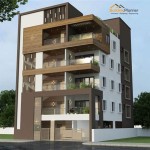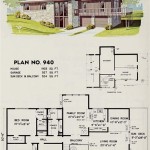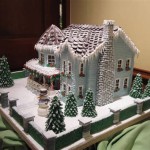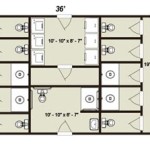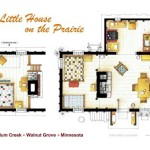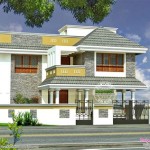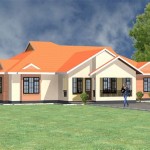Understanding the Essence of English Style Home Plans
English Style architecture originates from the diverse influences of Tudor, Georgian, and Victorian eras. These iconic home plans exemplify a harmonious blend of charm, sophistication, and timeless elegance. Modern interpretations of English Style homes retain the essence of these traditional architectural styles while incorporating contemporary elements.
Distinctive Characteristics:
Classic English Style homes are characterized by several distinct features:
- Asymmetrical Facades: Asymmetry is a hallmark of English Style homes, creating visual interest and a sense of individuality.
- Steep Pitched Roofs: Steeply pitched roofs, often clad in slate or tiles, evoke a sense of grandeur and protect against harsh weather conditions.
- Bay Windows: Bay windows, typically found in living rooms or dining areas, extend outward and provide ample natural light and panoramic views.
- Decorative Gables: Gables, often adorned with intricate carvings, add a touch of ornamentation to the exterior.
- Stone or Brick Facades: Natural materials, such as stone or brick, are commonly used for the exterior, imparting a sense of durability and rustic charm.
Interior Elegance:
The interiors of English Style homes are equally charming and refined:
- Natural Wood Paneling: Walls and ceilings are often adorned with natural wood paneling, creating a warm and inviting ambiance.
- Ornate Moldings and Trim: Intricate moldings and trim add a touch of sophistication to the interior spaces.
- Fireplaces: Fireplaces, a centerpiece of many English Style homes, provide warmth and a cozy atmosphere.
- Spacious Rooms: Rooms are generally spacious and well-proportioned, allowing for comfortable living and entertaining.
- Neutral Color Palettes: Neutral color palettes, often in shades of beige, gray, or green, create a timeless and serene atmosphere.
Modern Adaptations:
While English Style homes are rooted in tradition, contemporary interpretations have evolved to accommodate modern lifestyles:
- Open Floor Plans: Open floor plans replace traditional room divisions, creating a more cohesive and spacious living area.
- Updated Fixtures and Appliances: Modern fixtures and appliances seamlessly blend with the classic aesthetics of English Style homes.
- Sustainable Features: Energy-efficient windows, insulation, and sustainable materials are incorporated to enhance comfort and reduce environmental impact.
- Exterior Modifications: Exteriors may feature updated materials, such as composite siding or metal roofing, while still retaining the overall aesthetic of the style.
- Personalized Touches: Modern English Style homes can be customized to reflect the personal preferences and lifestyles of their occupants.
Conclusion:
English Style home plans offer a timeless and versatile architectural style that exudes charm, elegance, and sophistication. The distinctive exterior features, refined interiors, and modern adaptations make them a popular choice for discerning homeowners seeking a home that is both beautiful and functional. Whether opting for a traditional or a more contemporary interpretation, English Style homes continue to inspire and elevate the art of residential architecture.

English Cottage Style Home Plan 6970am Architectural Designs House Plans

This Is So Perfect Super Attractive Has A Library Though I Probably Won T Be Needing The Servant Tudor House Plans Vintage Cottage

Plan No 3031 From Southern Pine Homes House Plans With Pictures Vintage Layouts

1928 Modern English Revival House Plan Cottage Plans

1935 English Cottage Style Ladies Home Journal Small 20th Century House Plans Floor

Luxury European Manor House Plans And Cau

1927 Hepburn By William A Radford Cottage Floor Plans Style House Vintage

Best European Manor House Plans And Small Castle

The Telegram Plan Book Portland Or English Cottage No 675 O M Akers Craftsman Style House Plans

Seattle Homes Tudor Style House Plan Design No 132 1908 Western Home Builder Victor W Voorhees


